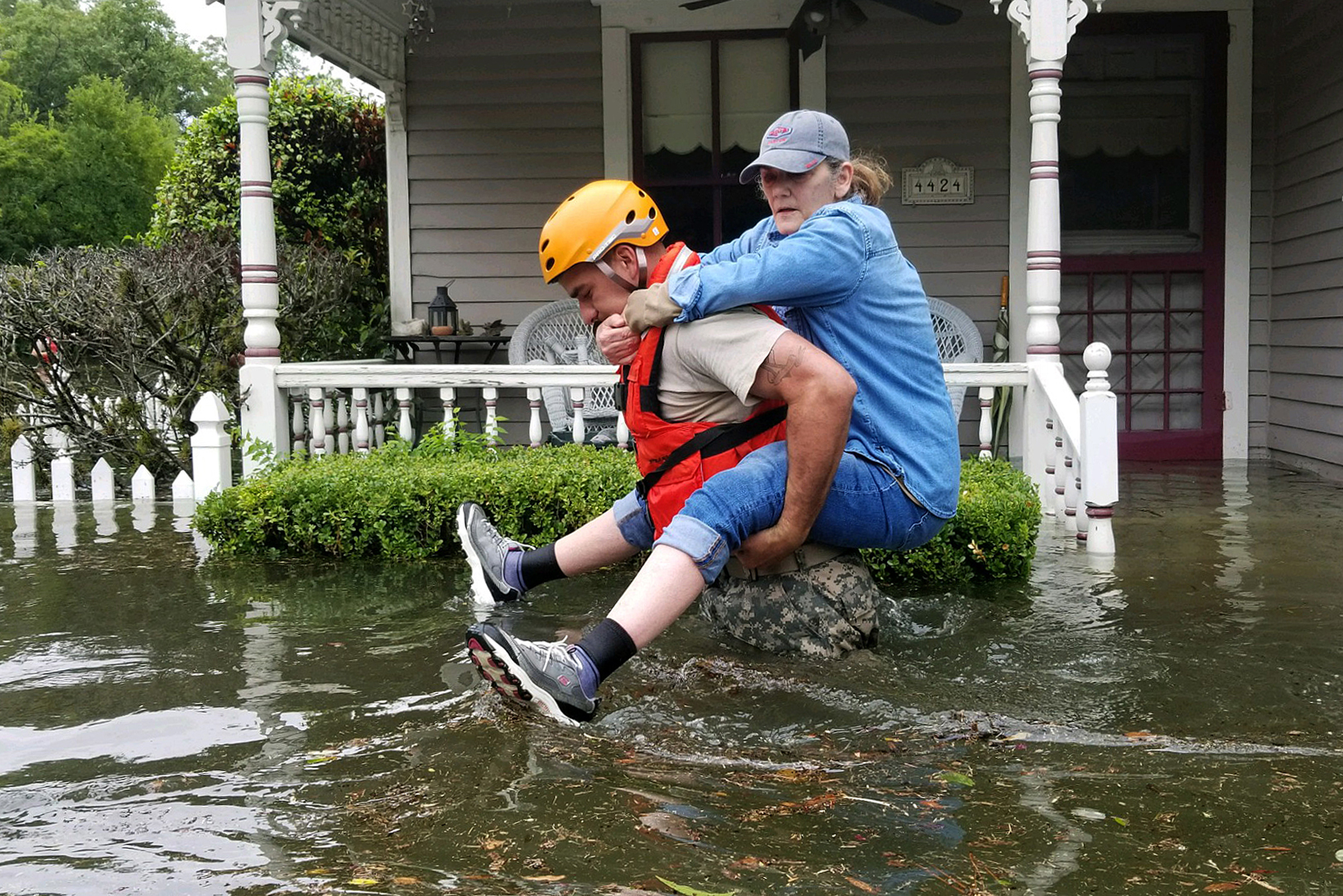Gregory E. Wannier
Deputy Director
On November 15, 2010, the Environmental Protection Agency (EPA) issued a memorandum asking 23 coastal states and five coastal territories (“states”) to seriously consider ocean acidification problems in their future monitoring activities under the Clean Water Act (CWA). The action brings climate-related activities under the purview of the CWA for the first time, and may signal future intentions at the EPA to move beyond the more famous (and controversial) Clean Air Act (CAA) regulations in its efforts to address rising greenhouse gas emissions worldwide. The action stems at least in part from a settlement reached earlier in the year with the Center for Biological Diversity (CBD), which had challenged EPA’s earlier refusal to require that Washington State consider ocean acidity as a threat to its coastal water systems.[1]
Ocean acidification is related to climate change because it is caused by increased levels of carbon in the atmosphere. As carbon dioxide molecules dissolve into the ocean, they react with water molecules to form H2CO3, a weak compound molecule that easily denatures into HCO3- and H+ ions. The H+ ions are what then causes rising acidity in the ocean at large. This process has raised serious concerns among marine scientists who worry about further damage to coral reefs and other marine life that have adapted to less acidic waters.[2]
In the core of this memorandum, EPA notes that all coastal states already have established appropriate pH ranges of 6.5 to 8.5 pH for their ocean areas, and notes that states “should” list waters that do not meet these criteria on their 2012 lists (under §303(d) of the CWA) of waterways that fail to meet Water Quality Certificate standards (so-called 303(d) lists). These lists form the basis for eventual development of Total Maximum Daily Loads (TMDLs), which set acceptable pollutant levels for certain waterways and open the door for water quality-based effluent limitations designed to preserve these TMDLs, under the National Pollutant Discharge Elimination System (NPDES).
The impact of this memorandum should not be overstated: EPA’s actions here are tentative and voluntary, and anticipate very long timelines for state action. Acknowledging in its Q&A explanatory memo that efforts under the CAA “show the greatest promise in addressing” climate change issues and that data on ocean acidification are insufficient, it does not issue a call for action. The request to include overly acidic bodies of water on the 303(d) lists is merely a suggestion, and EPA goes out of its way to assure interested parties that it will not elevate the priority of acidification in the eventual creation of TMDLs. Instead, EPA puts most of its emphasis on data collection, highlighting federal agencies and initiatives that are dealing with this issue and promising support for states in their research activities.
Nonetheless, this action may open the doors for future action down the line under the CWA, particularly if CAA activity is stalled in courts or by Congressional decree. 303(d) lists are issued by states but are subject to federal approval, so EPA could support this agenda by declining to approve such lists (this power was the basis of CBD’s lawsuit that led to the settlement and to this memorandum). Further, once overly acidic waters are on 303(d) lists CWA may require development of TMDLs. States must prioritize different effluents for TMDL development depending on “the severity of the pollution and the uses to be made of the waters” that states must follow; and EPA guidance on CWA sets a maximum of 8-13 years before TMDLs should be developed for all bodies of water placed on a 303(d) list. EPA’s efforts to gather data on the federal level, and help individual states in this regard, could push the envelope in these activities; the more states know about this issue the sooner they may find themselves compelled to address it.
Further, individual coastal states that have shown an interest in regulating climate issues above and beyond federal requirements (including California and most of the Northeast) may now perceive an opening in the CWA to set carbon emissions permits. The CWA is very state-driven, with some limited EPA oversight, and a friendly EPA might give such states an additional venue through which to regulate greenhouse gas emissions. The practical impact of this power is unclear, however: states already have the ability to regulate greenhouse gases from stationary sources beyond federal government activities. More relevantly, understanding more about acidification and its effects could help guide the establishment of climate-relevant Marine Protected Areas.
The CWA is in many ways a poorly constructed tool for dealing with global greenhouse gas emissions. TMDLs run into many of the same issues as National Ambient Air Quality Standards (NAAQS) under the CAA: both are designed to remedy local pollutant concentrations through local controls, in a world where the large majority of carbon emissions come from outside the United States. The long timeline referenced in EPA’s memo (action could easily be pushed even beyond a possible second Obama term) and its largely data-focused tone would seem to further belie any hopes that CWA will step in if CAA activities fail. However, EPA “recognizes that the 303(d) program under the CWA has the potential to complement and aid in [CAA climate regulation efforts].” There appears to be a glimmer of potential. Where EPA and the states go from here is an open question.
[1] https://www.sfgate.com/cgi-bin/article.cgi?f=/n/a/2010/11/16/national/a132131S05.DTL.
[2] https://oceanacidification.wordpress.com/2009/01/19/ocean-acidification-and-its-impact-on-marine-life.


